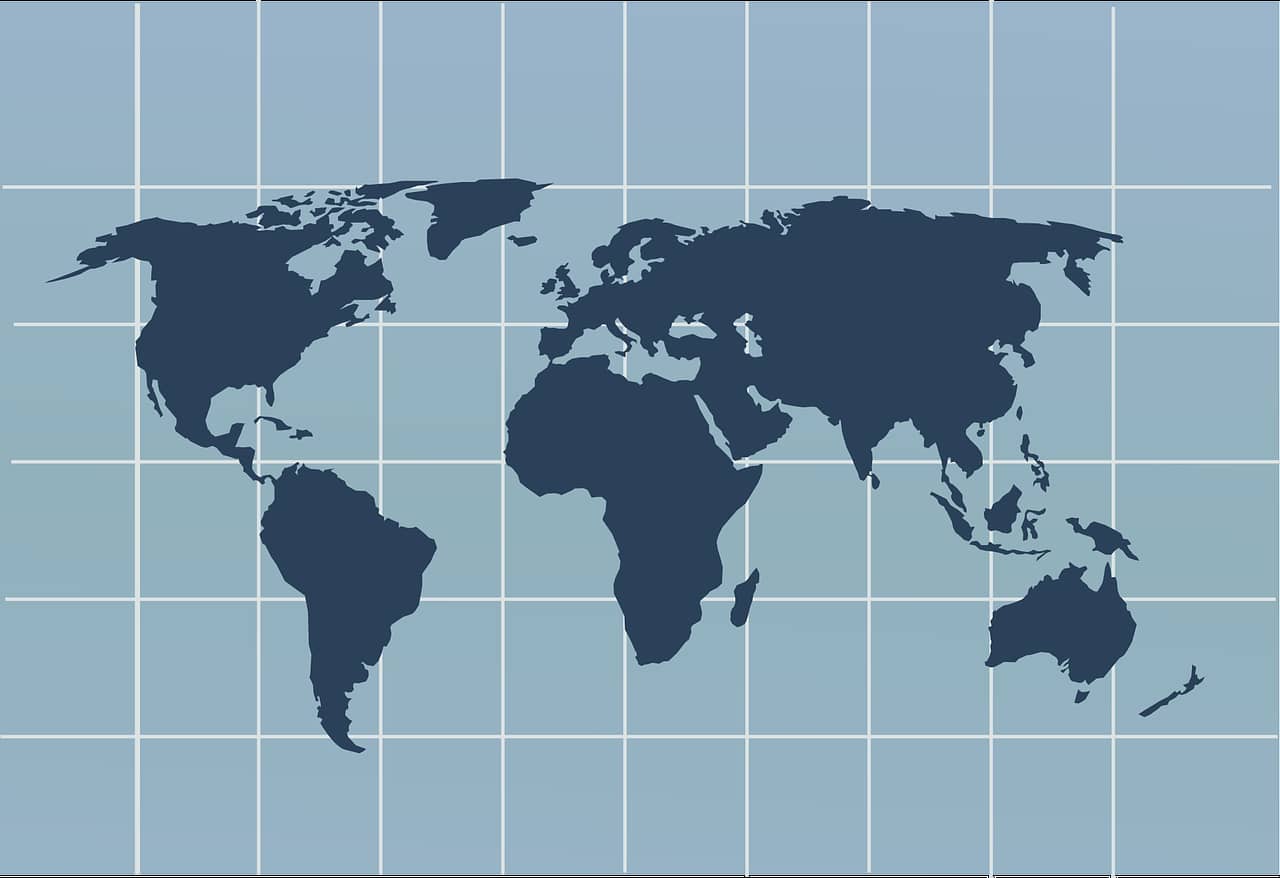In recent years internet connected devices have become significantly cheaper. Owing to their increased use, embedded systems, sensors and trackers have become all but uncommon across many industries. One domain where our mind does not immediately race to when we talk about the Internet of Things is climate change and wildlife conservation.
It was once assumed that come 2020, there would be 50 billion connected IoT devices in the world. A market overview report by IoT Analytics knocks the number down to 9.5 billion. Still, a number almost two billion more than there are people in the world. A decade ago, there were more things connected to the internet than people. A decade later the situation has not changed.
Generations Y and Z will most likely remember that cameras, tracking devices, satellite imagery and all sorts of telemetry devices have been used to collect data on fauna and natural ecosystems. The same technology has been keeping a watchful eye on the changing environment on the whole. In recent years, the technology has been adopted by NGOs, international conservation charities, and empathetic individuals to preserve biodiversity.
How IoT helps the fight against biodiversity loss
Global wildlife populations are falling. BBC Futura claims that elephants, tigers and rhinos may all be animals we will see go extinct. Luckily the wildlife protection effort has picked up pace. It has addressed the copious reasons that wild animals go extinct in the first place.
Poaching, or the illicit and unauthorized hunting with the intent of selling animal hides, pelts, tusks and claws for self-gain, is one of such major threats. Animal parts remain a high-value commodity on the black market. While authorities devise ways to counter poaching activity, the Internet of Things has already been highly employed in such measures. By raising real-time poaching alerts and notifying security, connected devices are a crucial instrument in warding off the risk.
Tagging has been long used to track the movements of schools, flocks and herds. Tiny sensors attached conveniently to animals has helped researchers and environmentalists with geo-mapping animal movements. It has also allowed them to identify potential threats that cause disruptions to mobility patterns and dispatch teams to investigate the commotion.
Environmental hazards like wildfires, deluges and seismic activity have also contributed eradicating or displacing animal populations. The Australia bushfires is but one example of recent years that saw the devastation of the natural habitat of thousands of species. Animals lucky enough to have had trackers, were moved out of harm’s way. The practice is considered to be a safe bet, when it comes to protecting species, but the effort is easier said than done. Tagging solitary animals does not just cause them distress, but is also a very time-consuming and burdensome task.
Among other things, overall climate change is a significant threat factor. More and more animals become displaced from natural habitats due to rapid fundamental changes in their ecosystems. Some have to migrate due to poor conditions and others lose their natural food sources and starve. Many more perish due to a mix such unfavourable conditions and the deterioration of the environment.
When it comes to the technology involved, radio-frequency identification systems have played a huge part in allowing to track animal location and behaviour patterns, as have satellites. Satellites provide accurate data and measurements that allow for quick and efficient measures to be taken. Moreover, their data is often available in the open, which motivates study and research, and supports citizen-scientists endeavors.
Cameras, audio equipment and sensors with feedback loops have also been essential in combating biodiversity loss. Today’s connectivity allows edge devices to process data and make necessary adjustments. Using the internet the data can be relayed to relevant authorities if the devices are triggered or on a constant, real-time basis.
Even AI has played its part in wildlife conservation, as Google’s TensorFlow machine-learning framework is used to train computers to distinguish between sounds of chainsaws, machines, and gunfire. In the fight against illegal activity, every little bit helps, and artificial intelligence is a big asset.
The Internet of Wild Things does not just refer to fauna, it relates to the flora as well. Many forests have set up satellite- and internet-connected relays using a number of IoT devices that have been only getting better. IoT is a key tool in the fight to protect endangered species, further research and crack down on illicit activity.
Who should care about the internet of wild things?
The scientific community has made leaps with the data collected by satellites and edge devices. Their research has pushed wildlife protection measures to be taken. Their assessment of the collected data has raised awareness of the global situation and empowered communities to act in protection of the environment.
The truth is that the Internet of Things does not just empower the scientific community or local government divisions fighting for a good cause. Ordinary people have been doing a lot with the help of connected devices and cloud computing.
As reported in TechRepublic’s publication, a person, who was not indifferent, devised a way to use stripped down Android phones equipped with solar panel arrays and mounted on trees to deter trespassers and malicious actors in an endangered forest.
The same article describes the work of citizen scientists, doing their part to train technology and work with scientists and environmentalists to serve as a distress hotline for emergency situations and overall monitoring.
Essentially, the Internet of Wild Things is one of the doors for those keen to invest their time and play their part in making a change in the world we live in. Technology is one great way that empowers us to take part in a greater cause.
What has yet to be done
TechRepublic claims that for the technology of the Internet of Things to receive more major distribution, technical experts and engineers need to focus on developing robust architectures with appropriate connectivity, gateways, analytics, storage and archiving, and even AI. Companies stand united across the globe to address these issues to ensure interoperability between the growing number of dispersed devices.
It is becoming clear that to meet science-based targets companies, charities, groups and even individuals will be seeking the help of software engineers and software development firms to partake in the global movement.
Software developers and cybersecurity experts are a core component in addressing the flipside of IoT technologies — hacking. To make connected devices more secure and prone to takeovers from wrong-doers, it will be skilled programmers and engineers who will be fighting for the good cause in cyberspace, whether that is the internet, cloud computing systems or edge devices.
In other pastures
In other domains outside of wildlife protection, businesses rely on IoT to power supply chains, to cut costs and automate business processes.
Connected device technology is used at the junction of insurance and telematics. Cars have long had trackers to know their whereabouts at all times, while insurance providers and InsurTech companies are able to make use of the data and analytics to offer dynamic coverage plans.
Production line management software and embedded devices are optimizing production and manufacture of goods. The introduction of sensors and embedded systems has led to the creation and growth of new jobs related to servicing these systems.
All in all, the uptick of IoT technology drives profits, but it does not have to be restricted to contributions to the bottom line alone. The Internet of Wild Things remains a niche that is eager to benefit from global contributions and entrepreneurs, who strive to make a difference.
Notable things
There is no denying that technology is a useful tool in combating biodiversity loss and climate change. The Internet of Wild Things devices is playing its part in mitigating the negative effects stemming from human activity, cataclysmic events and global disruptions. What is more, the technology can receive even wider adoption by those who are not disinterested.
The fights to protect the natural habitat we share with so many other species and lifeforms is now more in our hands than ever before. Environmental complexities require innovative technological solutions, and these can be devised by anyone with the goal of helping address environmental concerns. With both the technology and the help available easier than ever, it is up to us to contribute to making the world a little safer for all its denizens.
27 March 2020

 Pavel Kaplunou
,
Pavel Kaplunou
, 



